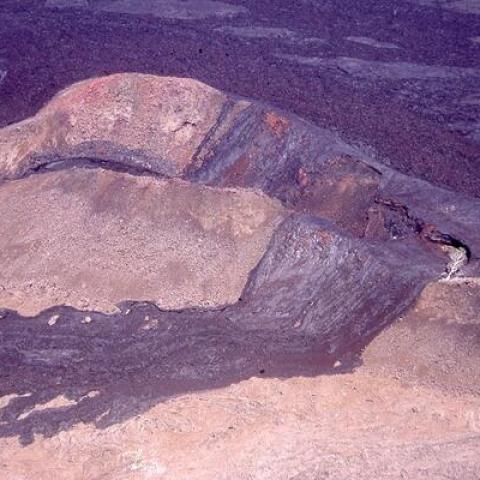Make National Parks Traveler Sustainable

There was a heartening outpouring of donations to the National Parks Traveler over the weekend as our month-long fundraiser continued, but the numbers but the numbers through Monday show the nonprofit news organization is unsustainable.
- By Kurt Repanshek - August 23rd, 2023 3:00am









